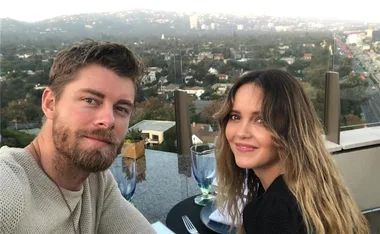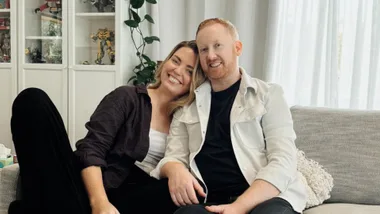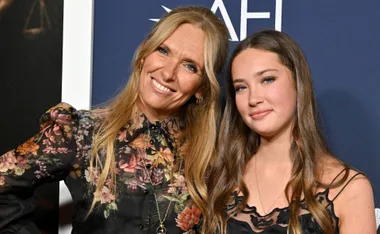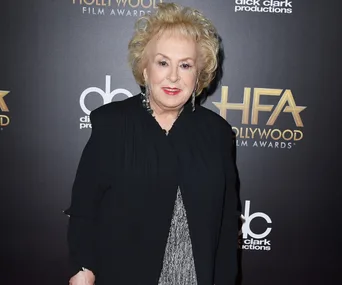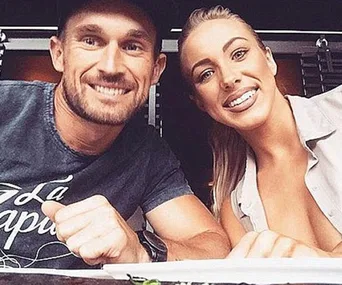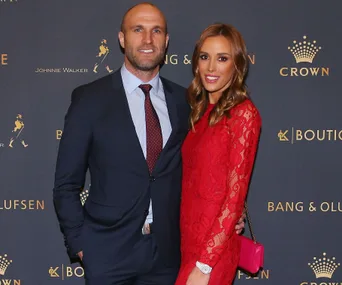It would start as a steady rise in temperature, then spread until her body was consumed in a burning flush. Her internal thermostat had gone haywire. She would wake up several times each night, drenched in sweat and unable to return to sleep.
By day, Jane Turner felt lethargic and easily frustrated. A fog had descended over her normally sharp mind. She couldn’t recall names or where she’d left her keys. She feared she had Alzheimer’s.
At work, the then 48-year-old was struggling to cope. As a business manager, she had a reputation for being organised, competent and cool under pressure.
“I’ve always been someone who prides themselves on their cognitive abilities, but I was struggling to finish a sentence,” Jane recalls.
“I was having hot flushes in meetings, my mood was flat at best and I probably could have been diagnosed with depression.”
On top of that, her skin was dry, her joints aching and her thick hair was thinning. “You get this feeling of your body breaking down,” she says.
When Jane’s doctor diagnosed menopause, she was faced with the decision of whether to go onto hormone replacement therapy (HRT).
After discussing the risks and benefits, Jane went home to think about it.
When news broke in 2002 that a major women’s health trial had been suspended because the health risks of HRT were found to have outweighed the benefits, shockwaves resounded among women worldwide.
Until then, doctors had routinely prescribed HRT for menopause. It was widely regarded as beneficial and protective against various age-related diseases, with few downsides.
“When I was a medical student,” recalls gynaecologist Dr Andrew Pesce, of the Australian Medical Association, “we were taught that HRT was good for women and improved their health. Over the years, it became clear that HRT could have some adverse impacts on women’s health, but it was thought these were offset by a reduced risk of heart attacks.”
Many women remained on HRT indefinitely into old age. Some even regarded it as “an elixir of youth” and enthused about the perks to their skin, energy and sex lives.
However, the Women’s Health Initiative (WHI) study changed all that. It reported that HRT increased women’s risk of breast cancer, stroke, heart disease and blood clots (yet, conversely, lowered the risk of bone fractures and bowel cancer).
Headlines sounded the alarm bells: “HRT Warning for Women” and “CALL YOUR GP”. The Cancer Council of NSW called for restrictions to be imposed on HRT use in Australia.
In the heat of the moment, the WHI statistics became a source of confusion. A 26 per cent increase in the risk of breast cancer was interpreted by some as meaning they had a one in four chance of developing the disease if they took HRT. That would, of course, be a high-stakes game of Russian Roulette.
In fact, the WHI study found that the risk of developing breast cancer in a year rose from 0.3 to 0.38 per cent on HRT (or the difference between 30 and 38 per 10,000 women getting breast cancer).
Nevertheless, a can of worms had been opened that would profoundly alter the way we viewed HRT.
Fourteen years on from the original WHI report, there is still a sense of anxiety around HRT.
Indeed, figures collated from Medicare Australia data by The Weekly reveal the number of annual subsidised HRT prescriptions has halved and remained low since the WHI study.
In 2001-02, there were 2.27 million prescriptions. In our most recent tax year, the figure is 1.02 million.
So are we simply becoming more sensible about HRT or has the pendulum swung too far in the other direction?
Associate Professor John Eden, head of the Sydney Menopause Centre at the Royal Hospital for Women, believes women are suffering unnecessarily because of a fear of HRT.
He tells of severely affected women falling into deep depression, having to leave jobs, divorce and even becoming suicidal.
“These women are in real trouble,” he says. “Their flushes can be continuous – they can wake you from your sleep every 30 minutes. One in eight women will have severe flushes for life. I’m amazed at how many of these women come to see me with a friend because their partner or husband has gone. I never used to prescribe antidepressants – now it happens all the time.”
However, Professor Karen Canfell of Cancer Council NSW, says it’s important women are informed that the risks of HRT are real. “There’s a large body of evidence both internationally and in Australia that has found an increase in the risk of breast cancer in women who use HRT.”
Professor Canfell says increased awareness of the risks and the resulting drop in usage has led to the equivalent of 800 fewer cases of breast cancer per year in Australia.
This figure, however, is hotly disputed. Critics say breast cancer rates had started to decline pre-
WHI for other reasons (such as mammograms), so this drop can’t all be linked to a drop in HRT use.
Nevertheless, a Cancer Council NSW study conducted last year found most Australian women taking HRT remain on it for too long, meaning over the course of years they double their risk compared to those who never use it, says Professor Canfell.
Dr Pesce reckons moderation is key in both the communication and usage of HRT, so women can balance their own personal risks. “I think the pendulum has gone a bit too far,” he says, “because the message hasn’t got out that short-term use doesn’t carry the same concerns as long-term use.
“There are a lot of women who would have a substantial increase in their quality of life if they just took it for a short time.”
The rule of thumb for doctors nowadays, he says, is “you only use HRT if that’s what’s needed to treat hormone deficiency [which manifests in menopausal symptoms] at the lowest dose for the shortest possible time.”
Given the controversy over HRT, it’s worth taking a look at the evidence. The trouble is that HRT is complicated and many factors shape your risk, including your age, lifestyle, medical history, genetics, when you start, the type of HRT you take and how long you stay on it.
For some, HRT can be beneficial and may even lower the risk of disease and death. For others, though, even short-term use may be too risky or have prohibitive side-effects.
First up, let’s be clear: as a treatment for the symptoms of menopause, HRT is unrivalled. Nothing else comes close. That’s not really surprising, given it is replenishing the hormones that a woman’s body is losing at menopause.
Yet, equally, not everyone needs it. About half of women experience only mild or no symptoms at menopause, according to Professor Eden. Another quarter has moderate symptoms, he says, and
the final quarter suffers severely. For them, it’s a question of quality of life.
As Professor Bronwyn Stuckey, an endocrinologist and President of the Australasian Menopause Society, explains, menopause is a “hugely variable” experience. “There’s a big myth among women that you go through menopause and you come out the other end and everything is okay,” Professor Stuckey says.
“But some will have symptoms into their 70s and 80s, whether or not they go onto HRT. Some will have symptoms for a while and when they stop HRT, they don’t have them anymore.”
Actor and comedian Jean Kittson, who wrote a book about menopause, You’re Still Hot To Me, started HRT after a torrent of flushes, sweats, insomnia and low moods left her struggling at work and home.
“I had no trepidation [about HRT] once I had researched it,” she says. “And once I was on it, I got to sleep again, I felt better and I got my mojo back.”
However, Jean’s been perturbed by the judgement of women using HRT.
“If you can do natural things and you don’t need it, that’s great,” she says. “Not everyone needs it. But really the only thing for severe symptoms is HRT.”
Experts say there’s no reliable way to predict how menopause will be for you, although it’s likely to be partly genetic. Women who’ve experienced post-natal depression and mood disorders may be more vulnerable.
It’s worth noting that the original WHI trial was set up to investigate HRT and cardiovascular health, so it didn’t include menopause relief in weighing up the risks and benefits. Other criticisms were the average age of women in the trial was too old at 63 (the average age of menopause is 51) and there were high rates of overweight and ex-smoker participants. This makes the trial’s results more vulnerable to skewing.
Still, last year, a Cochrane review (the gold standard for scientific research) concluded that HRT did not protect post-menopausal women against heart disease – but did increase the risk of stroke by 0.6 per cent and blood clots by 0.8 per cent.
Drill down into the detail and there were more interesting findings.
Women who started HRT in the first 10 years of menopause lowered their risk of dying or suffering a heart attack – and had no increased risk of stroke. They still had a slightly increased risk of blood clots.
Author Dr Henry Boardman, of the UK’s Oxford University, summarised it like this: “We found that if 1000 women under 60 years started hormone therapy, we would expect six fewer deaths, eight fewer cases of heart disease and five extra blood clots over about seven years, compared to 1000 similar women who did not start hormone therapy.”
While this finding needs strengthening through more research, Professor Stuckey says this appears to be the ideal “window of opportunity” for women to take HRT if needed.
Indeed, research suggests that judicial short-term use of HRT early in menopause can limit the additional risk of breast cancer.
“The good news is that the extra risk does disappear quite soon after women stop using menopausal hormone therapy,” confirms the Cancer Council’s Professor Canfell.
To put risk into perspective, doctors note that drinking a couple of glasses of wine every night, having babies after the age of 35 or being overweight are comparable to HRT in raising your odds of breast cancer.
Drinking less and losing weight are tangible ways > to offset your risk (thinner women, however, have a slightly higher risk of breast cancer from HRT because oestrogen is stored in fat cells and their breast tissue tends to be denser).
Some research has found HRT slightly increases the risk of ovarian cancer, while evidence of a lower risk of bowel cancer is inconclusive. And while HRT does reduce the risk of a bone fracture, that’s not usually enough reason to take it on its own.
To complicate matters, the type of HRT and even the way you take it (pills, patches, gels, creams, tablets, implants and intrauterine devices) also affect your risk. Smokers and overweight people, for example, may be better off using patches to mitigate their risk of deep vein thrombosis (DVT).
Women who’ve had a hysterectomy can take oestrogen-only HRT, which has a lower risk of breast cancer and may offer slight protection against heart disease.
Those who have an intact uterus, however, need the added progestogen in “combined HRT” to protect themselves from endometrial cancer.
Meanwhile, testosterone therapy is being researched as a potential treatment for the loss of libido for some women and an HRT drug called tibolone (sold under the brand Livial) acts like a combination of all three hormones, with the advantage that it doesn’t appear to increase the risk of breast cancer in healthy women.
Among those who need to be careful about HRT are those with a history or extra risk of breast or endometrial cancer, heart disease or DVT.
Jane Turner, now 53, decided not to go onto HRT because her mother had died of breast cancer.
To reduce stress, she left her job to run a wellness coaching business. She also began exercising and addressed a binge-eating disorder. Drawing on her positive health strategies, she wrote a book about menopause.
“When I got off processed foods,” she says, “my hot flushes stopped and I started to feel better.” Five years on, Jane is feeling good again.
Despite the differing views, there are some core messages most experts agree on. Your quality of life at menopause is important. HRT is effective for moderate to severe symptoms. You don’t have to grin and bear it. Talk it through with your doctor first and have regular check-ups.
If you are suffering, start HRT as early as you can. Aim to use it for less than five years and try coming off it during winter. Don’t stop abruptly, as a sudden fall in oestrogen will probably cause problems. Instead, wean yourself off it slowly.
If you can’t take HRT, there are other treatments. Professor Eden says vaginal dryness, for example, is an “almost universal” symptom by the age of 60 and is easily remedied with creams, yet many women are too embarrassed to seek help.
As Jean Kittson observes, today’s women cannot afford to put their lives on hold for menopause. Many are juggling busy lives, demanding jobs and caring for teenage children and elderly parents.
“You need to be able to think clearly,” she says, “not suffering aches and pains, and scratching your legs. Not having marriage breakdowns because you can’t cope [with the symptoms]. Not having to leave work because you can’t function. Not being unable to sleep, being critical all the time nor, for some women, having painful sex. We have to be fully functional human beings.”
This story originally appeared in the April issue of The Australian Women’s Weekly.
Newsletter conversion description. Get the latest in your inbox.


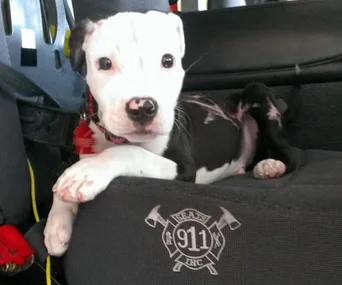


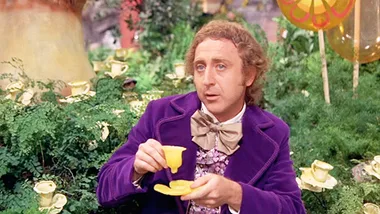

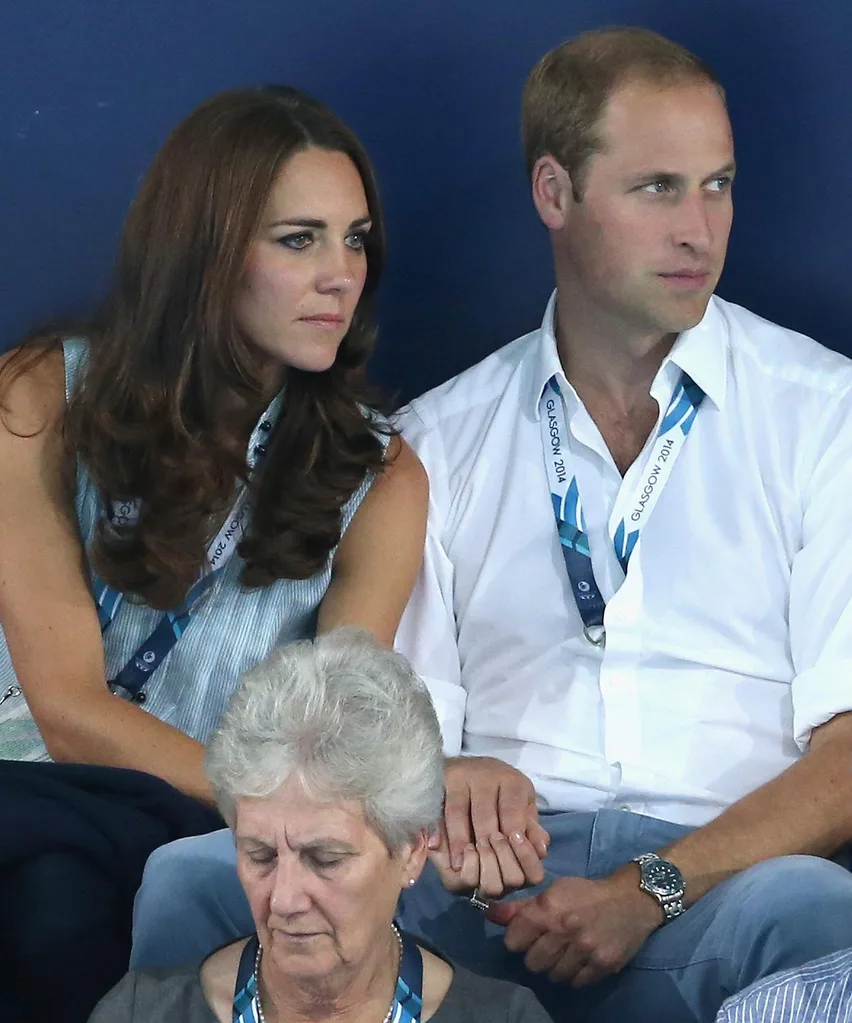
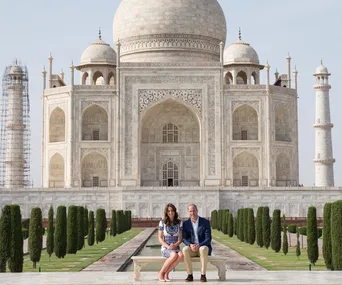



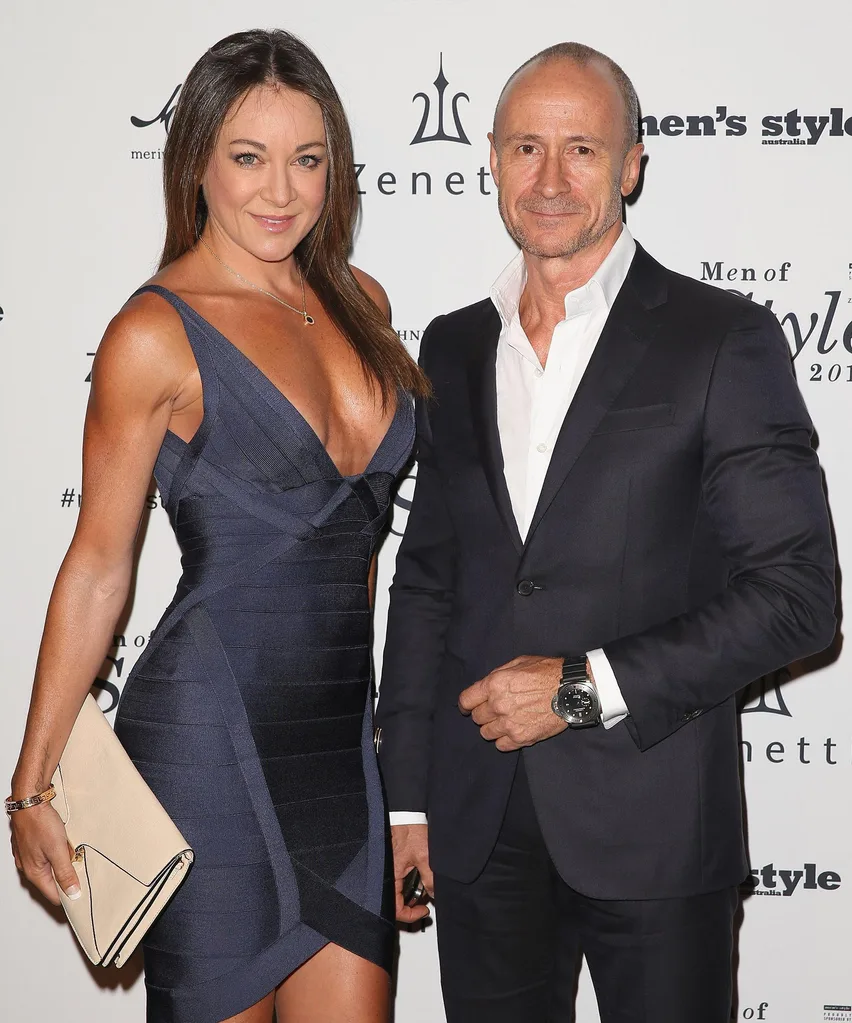
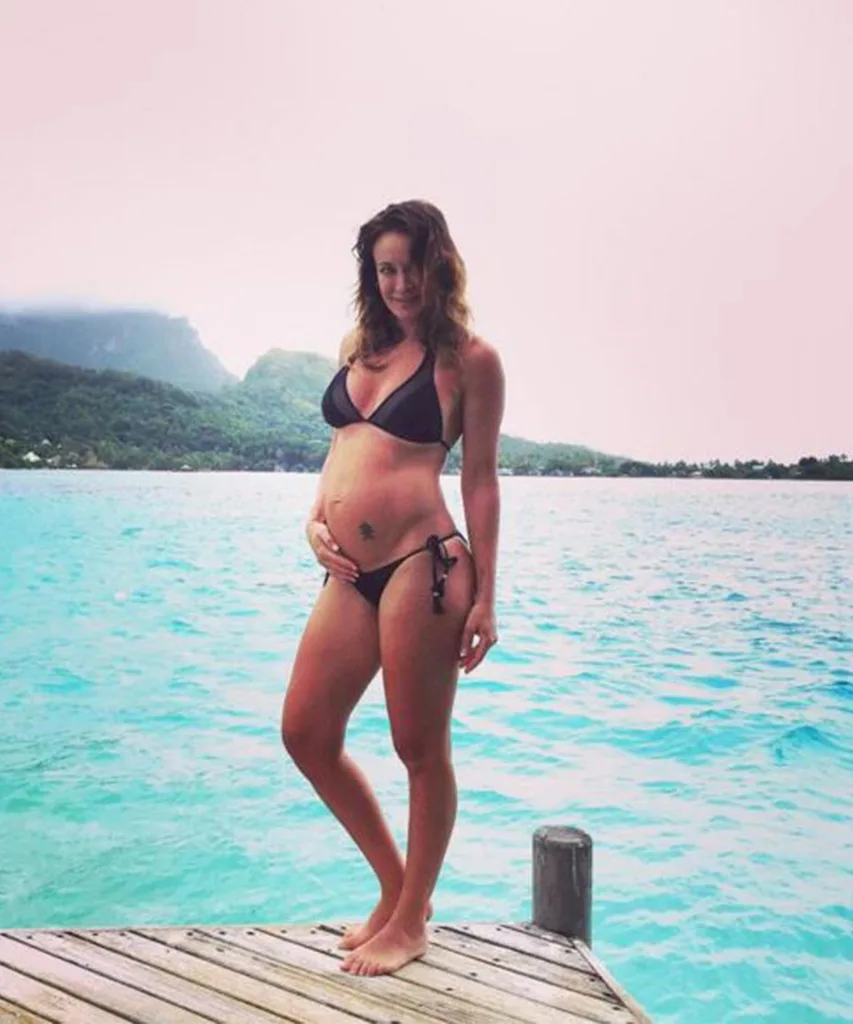


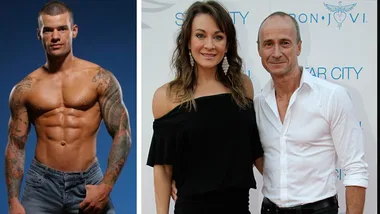

.png?resize=380%2C285)

